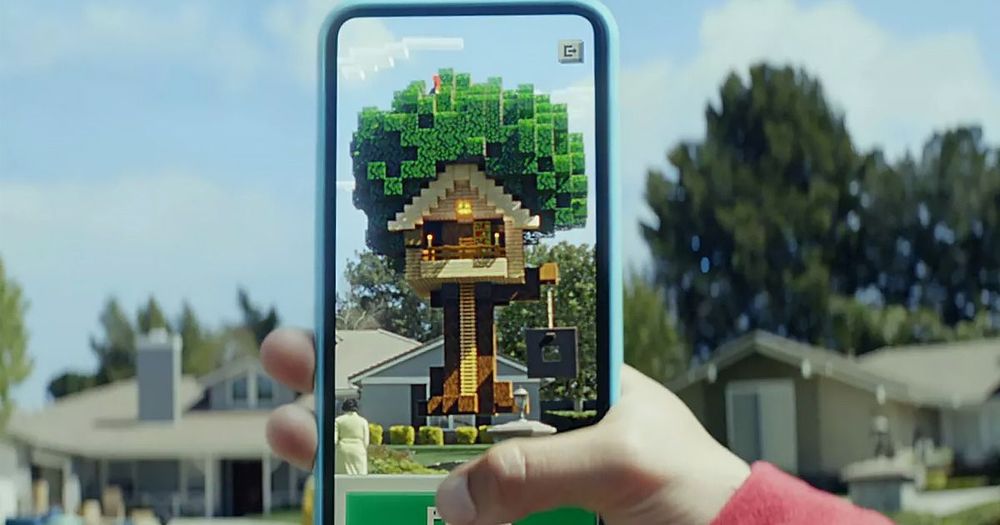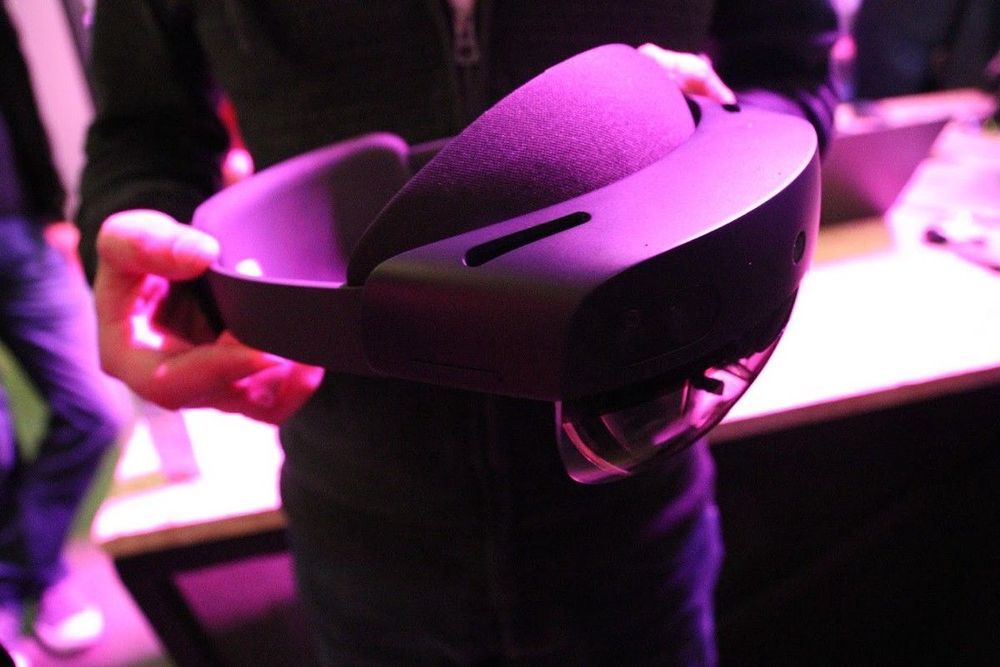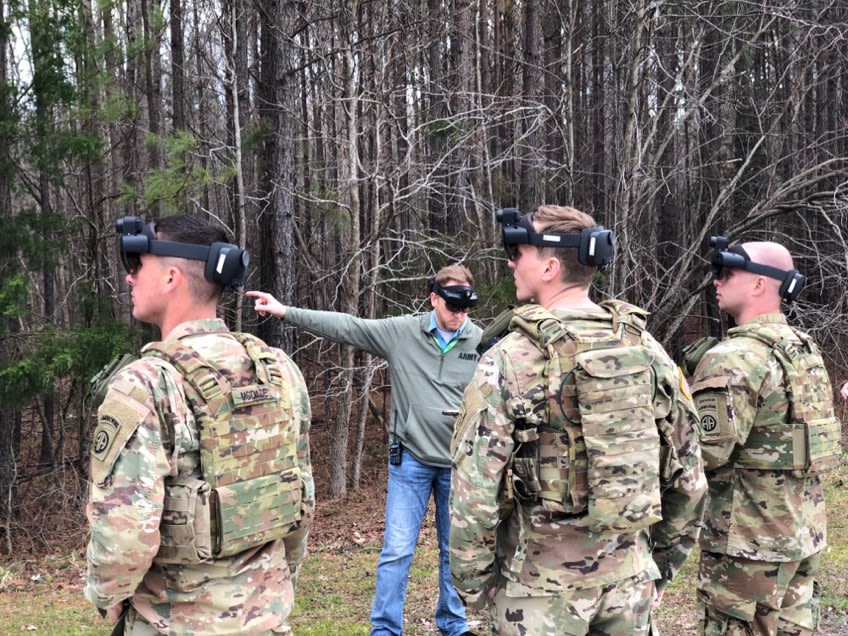Prostate cancer remains one of the major causes of death worldwide. In view of the limited treatment options for patients with prostate cancer, preventive and treatment approaches based on natural compounds can play an integral role in tackling this disease. Recent evidence supports the beneficial effects of plant-derived phytochemicals as chemopreventive and chemotherapeutic agents for various cancers, including prostate cancer. Prunus africana has been used for generations in African traditional medicine to treat prostate cancer. This review examined the potential roles of the phytochemicals from P. africana, an endangered, sub-Saharan Africa plant in the chemoprevention and chemotherapy of prostate cancer. In vitro and in vivo studies have provided strong pharmacological evidence for antiprostate cancer activities of P. africana-derived phytochemicals. Through synergistic interactions between different effective phytochemicals, P. africana extracts have been shown to exhibit very strong antiandrogenic and antiangiogenic activities and have the ability to kill tumor cells via apoptotic pathways, prevent the proliferation of prostate cancer cells, and alter the signaling pathways required for the maintenance of prostate cancer cells. However, further preclinical and clinical studies ought to be done to advance and eventually use these promising phytochemicals for the prevention and chemotherapy of human prostate cancer.
Prostate cancer is one of the most common nonskin cancers in men. It is caused by unregulated prostate cell division, which leads to abnormal growth, with the potential to spread to other parts of the body [1]. These neoplastic cells originate from highly specialized cells through a process of regression to an advanced stage. Unlike the normal parent cells, these cells divide continuously, resulting in a tumor. Approximately, 9–11% of men are at risk of clinically suffering from prostate cancer in their life time [2–5]. Prostate cancer is typically androgen-dependent during its initial stages when the hormone androgen binds to the androgen receptor (AR) and then transactivates target genes [6, 7]. Androgen and AR-mediated signaling are therefore crucial for the development and functioning of both the normal prostate and prostate cancer.
Read more








